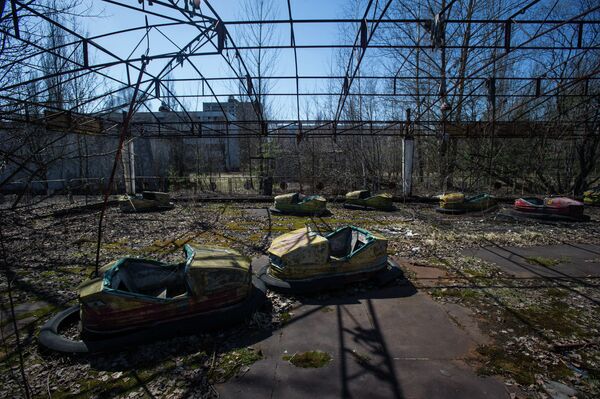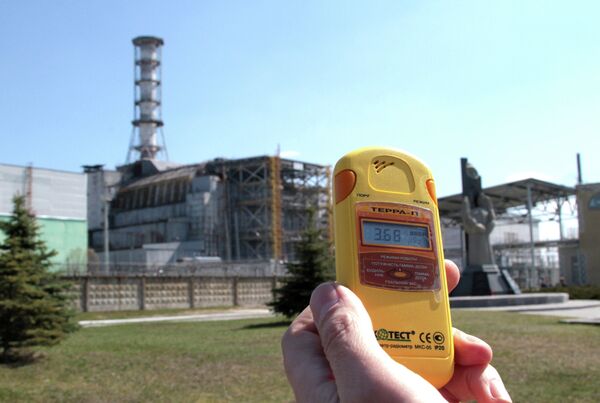The Chernobyl plant, called the V.I. Lenin Nuclear Power Station in the Soviet era, was the first ever nuclear power plant built on Ukrainian soil.
The construction of the station kicked off in 1970. Seven years later, the first reactor came online and by 1983 the plant’s four reactors were producing about 10 percent of Ukraine’s electricity.
While the plant was under construction, the Soviet government began the construction of the first Ukrainian and ninth Soviet atomic-town to house workers and their families. Before the nuclear disaster, the city of Pripyat had a population of about 50,000 people.
Pripyat is now an eerie lifeless shadow of the ghastly nuclear catastrophe, one of only two rated at a 7 on the International Atomic Energy Agency scale of nuclear disasters.

On the night of April 25, 1986, a group of engineers at Chernobyl’s number four reactor began an experiment to test new equipment. The operators needed to reduce the reactor’s power capacity, but as the result of a miscalculation, the output dropped to a critical level, triggering an almost complete shutdown.
READ MORE: Toxic Waste Asset: Chernobyl Radiation Enters the Cryptocurrency World
A decision was taken immediately to increase the power level. The reactor started to overheat, and a few seconds later two large explosions occurred.
The explosions partly destroyed the reactor core, igniting a fire that continued to burn for nine days.
Radioactive gases, aerosols and dust immediately shot into the air above the reactor. A giant radioactive cloud moved toward European countries.One hundred ninety tons of highly radioactive material were expelled into the atmosphere, exposing people to radioactivity 90 times greater than that from the Hiroshima atomic bomb.
Vast areas estimated at 50,000 square kilometers, mainly in the three then-Soviet republics of Ukraine, Belarus and Russia, were contaminated by the fallout from the critical nuclear meltdown.
READ MORE: Greetings, Stalker: Chernobyl Exclusion Zone Portrayed in a New Light
Evacuation measures began on April 27 and lasted for about 3 hours. About 45,000 people were relocated and some 116,000 were forced to leave the area and neighboring regions. About 600,000 people from all of the former Soviet republics assisted in the evacuation.
In total, about 8.4 million citizens of Belarus, Russia and Ukraine were exposed to radiation.
According to the Union Chernobyl of Ukraine, about 9,000 Russian liquidators died and over 55,000 were disabled as a result of the Chernobyl tragedy.
On July 7, 1987, six former officials and technicians at the Chernobyl nuclear power plant went on trial on charges of negligence and violation of safety regulations. Three of them – Viktor Bruyihov, the former Chernobyl power station director, Nikolai Fomin, the former chief engineer and Anatoly Dyatlov, the former deputy chief engineer – were sentenced to 10 years in prison.
Soon after the explosion, an exclusion zone with a radius of 30 kilometers (17 miles) was established.
READ MORE: Specter of Chernobyl: Ukraine 'Losing Control' of Its Nuclear Facilities
In the immediate aftermath of the disaster, workers built a temporary shield over the damaged reactor, called a sarcophagus. Over time, the sarcophagus has deteriorated and in 2010 construction of a new shied started to prevent further leakage at the crippled reactor.
Recently work on the shield has been suspended amid the crisis in Ukraine.
The last reactor at Chernobyl was permanently shut down by a decree of the Ukrainian government in 2000. It is expected that the damaged power station will be totally decommissioned by 2065.
In December 2003, the UN General Assembly declared April 26 an international day of remembrance to mark the memory of victims of radiation accidents and disasters.




